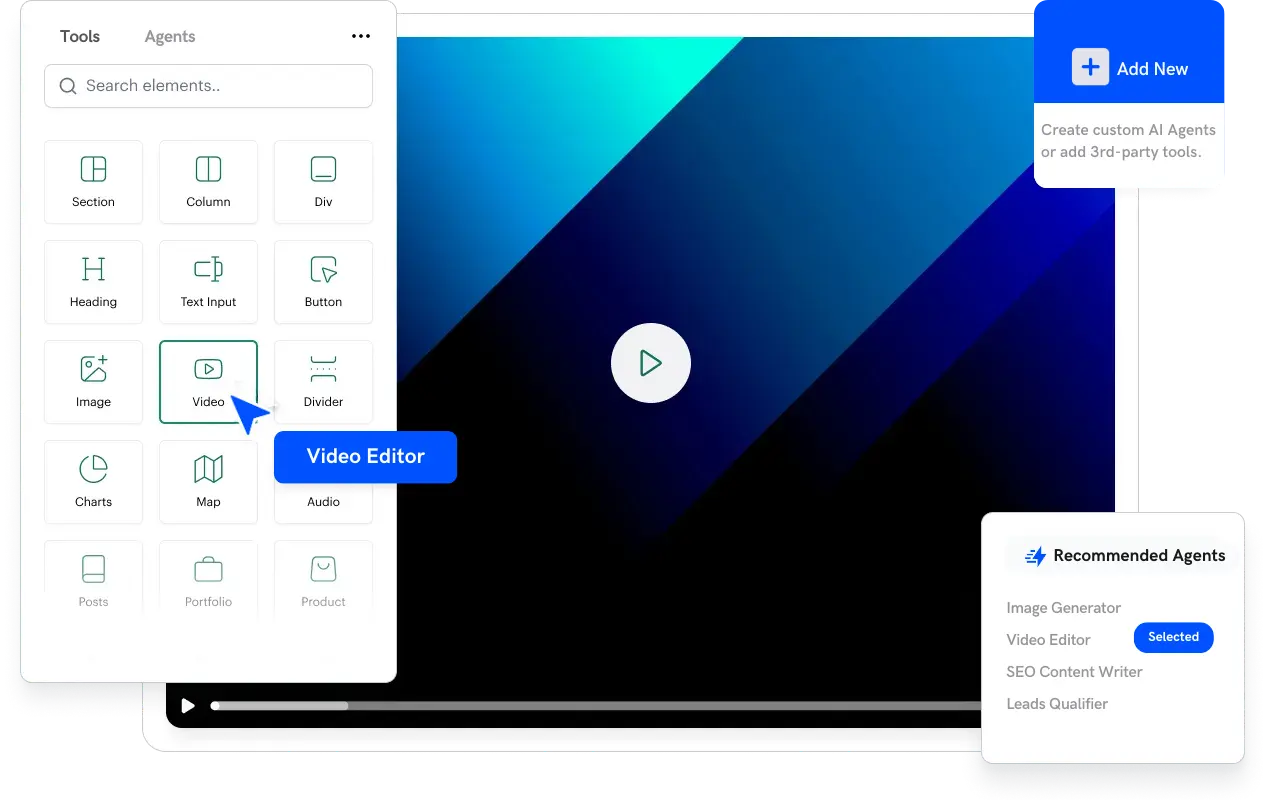Introduction
In many organizations, departments operate in silos, resulting in miscommunication, duplicated efforts, and inefficiencies. Integrating AI across departments offers a powerful solution by unifying workflows, improving data sharing, and fostering collaboration. Research from Deloitte suggests that organizations that break down departmental silos can see productivity increases of up to 25%. This article discusses strategies for integrating AI into cross-department processes, examines real-world examples, and highlights how TurboMode AI can serve as the central hub for transforming communication into actionable tasks.
The Challenge of Departmental Silos
Departmental silos occur when groups work in isolation, leading to:
- Fragmented Communication:
Information does not flow seamlessly between teams. - Inefficient Processes:
Duplicate tasks and misaligned strategies waste resources. - Delayed Decision-Making:
A lack of unified data slows down critical business decisions. Understanding these challenges is the first step toward creating a more integrated organization.
How AI Bridges the Gap
AI integration into cross-department processes can drive synergy by:
- Automating Data Sharing:
AI tools can extract relevant data from various departmental systems and consolidate it for unified analysis. - Enhancing Communication:
Tools like AI-powered chatbots and collaboration platforms ensure that all departments are aligned in real-time. - Standardizing Processes:
AI can enforce best practices and standardize workflows across departments, reducing variability and increasing efficiency. - Predictive Coordination:
Predictive analytics can forecast where departmental handoffs may falter, allowing managers to intervene before issues arise.
TurboMode AI Spotlight
TurboMode AI excels at bridging departmental divides by converting conversations—whether in meetings or via emails—into actionable tasks that are distributed across the organization. This capability ensures that every department remains aligned with overall business goals and that no communication falls through the cracks.
“We’re shifting the game from managing work to getting work done.”
Integrate TurboMode AI to transform cross-department collaboration—book a demo today.
Strategies for Successful Integration
- Develop a Unified Data Infrastructure:
- Consolidate data from different departments into a single data warehouse.
- Use AI platforms that can access and process data from various sources (e.g., CRM, ERP, HR systems).
- Standardize Processes Across Departments:
- Implement AI solutions that enforce uniform procedures.
- Create protocols that ensure consistent data entry, reporting, and communication.
- Enhance Communication Channels:
- Deploy AI-powered communication tools to facilitate real-time collaboration.
- Ensure that updates, project statuses, and action items are accessible to all departments.
- Pilot Cross-Department Projects:
- Start with a small-scale pilot where multiple departments collaborate using AI tools.
- Use the pilot to refine integration strategies and gather feedback.
- Establish Clear Roles and Responsibilities:
- Define who is responsible for what across departments.
- Use AI to track task assignments and completion, ensuring accountability.
Case Studies and Industry Examples
A multinational corporation integrated AI-driven collaboration platforms across marketing, sales, and support departments. This integration led to a 20% improvement in project turnaround times and reduced instances of duplicated efforts by 35%. In another example, a healthcare system unified its data from patient services, billing, and management using AI, resulting in smoother operations and improved patient satisfaction scores.
Challenges and Solutions
- Integration Complexity:
Merging diverse systems requires careful planning. Invest in middleware solutions that facilitate smooth data exchange. - Cultural Resistance:
Change is often met with resistance. Address this by engaging employees early in the process, demonstrating clear benefits, and providing thorough training. - Data Security:
Ensure that data sharing complies with data protection laws and that all systems are secure.
Future Trends in Cross-Department Integration
- Real-Time Analytics:
Future AI tools will offer more advanced real-time analytics that integrate data from every department for instantaneous insights. - Advanced Collaboration Tools:
The convergence of AI, cloud computing, and virtual reality may create immersive collaboration environments that revolutionize cross-department teamwork. - Self-Optimizing Workflows:
AI systems will not only standardize processes but also continuously evolve them based on performance data and user feedback.
Best Practices for Long-Term Success
- Foster an Integrated Culture:
Encourage a mindset that values cross-department collaboration and leverages AI to drive unified efforts. - Invest in Continuous Training:
Regularly train employees on new AI tools and integration techniques. - Monitor Performance:
Use AI dashboards to track the efficiency and effectiveness of cross-department workflows, and adjust strategies as necessary. - Encourage Innovation:
Promote a culture of experimentation where employees are encouraged to propose and test new ideas for integration.
Conclusion
Integrating AI into cross-department processes is key to breaking down silos, improving communication, and enhancing overall workflow efficiency. By establishing a unified data infrastructure, standardizing processes, and leveraging advanced AI tools—such as TurboMode AI—you can create a more agile, responsive, and productive organization. Embrace these strategies to achieve smoother operations across departments and drive long-term business success. Book a demo today to see how TurboMode AI can help unify your organization’s workflows.





